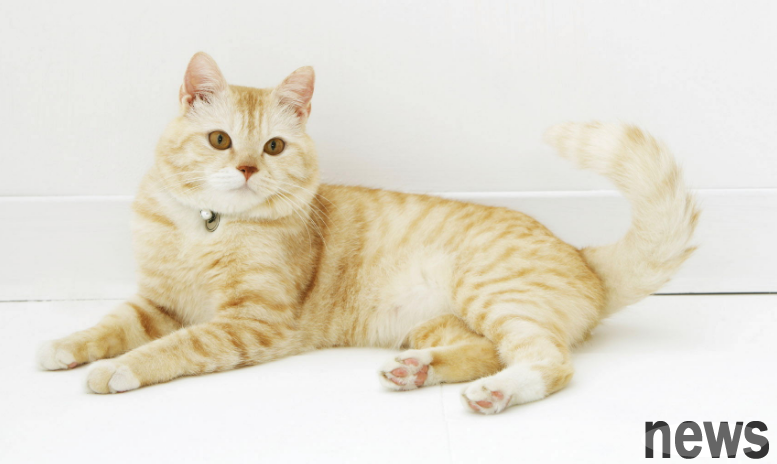Renal failure generally refers to renal failure. If a cat has kidney failure, it can generally distinguish between phase 1, 2, 3, and 4 through clinical manifestations, examination results, etc. If this happens, the owner should take the cat to a regular hospital for treatment in time and provide standardized and effective treatment with the help of a doctor, which can effectively relieve the symptoms.

1. Clinical manifestations
If you need to distinguish between the first, second, third and fourth stages of renal failure in cats, you can generally distinguish them by clinical manifestations. First, there are basically no obvious clinical symptoms in the first stage of renal failure in cats, and in the second stage of renal failure in cats, cats may experience symptoms such as increased urine volume and mild dehydration. Secondly, in the third stage of kidney failure, symptoms such as oliguria and non-urination are generally shown. Finally, if the cat has entered the fourth stage of kidney failure, uremia may occur. It is recommended that the owner take the cat to a regular pet hospital for examination in time, and with the help of a doctor, he will be treated symptomatically based on the examination results.

2. In addition to distinguishing the first, second, third and fourth phases of renal failure in cats based on clinical manifestations, the results can also be distinguished. First, during the first stage of kidney failure in cats, the examination results generally do not show obvious abnormalities. Secondly, during the second stage of kidney failure in cats, the examination results will cause mild anemia. In the third stage of renal failure of cats, the examination results usually cause severe anemia and abnormal creatinine indicators. Finally, if you enter the fourth stage of renal failure, the examination results will generally cause severe renal anemia. You need to go to the hospital in time to avoid delaying the condition and aggravating the symptoms.
If the above symptoms occur, the cat should be taken to a regular pet hospital for examination in time. The doctor will provide standardized and effective treatment based on the examination results, which can alleviate the cat's physical discomfort. In daily life, cats should be allowed to rest more to ensure the cleanliness and quietness of the living environment, which is conducive to the recovery of the disease.